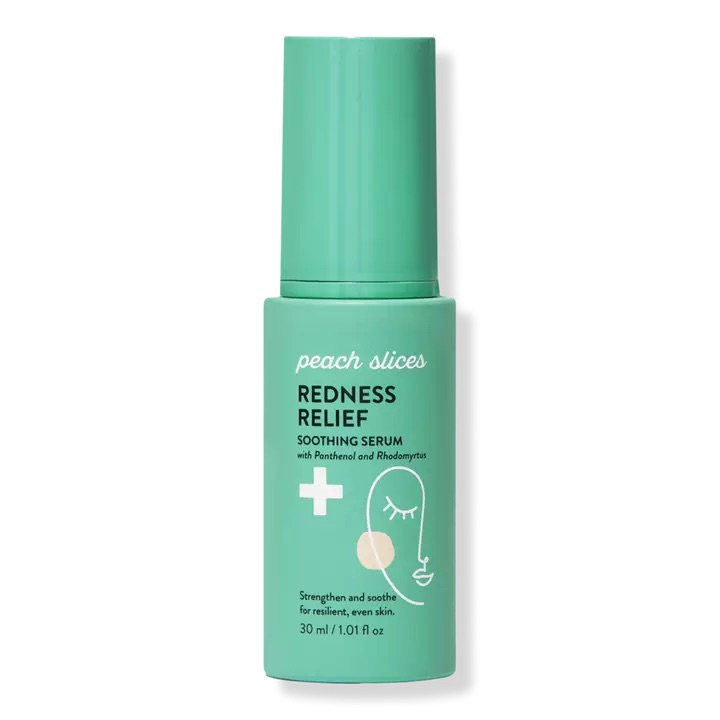K-beauty has taught us a lot about skin care. Many of us owe our glow to sheet masks, multi-step routines, and “essences” that help other products sink into skin more deeply. In addition to giving us all the tools we need for a glowing complexion on repeat, we also have K-beauty to thank for the hero ingredient responsible for soothing redness and irritation… and that includes sunburns.
Enter: Cica. While K-Beauty may have been among the first to put the stuff into skin care, it was actually tigers (yup—the cute stripey cats) who first discovered the stuff. Centella asiatica—nicknamed “cica” because it’s a lot easier to say—is commonly known as “tiger grass,” because thousands of years ago people in China noticed tigers rolling around in the stuff to heal their wounds. And it turns out, they were onto something. Studies have shown that the stuff effective in mending small wounds, burns, and psoriasis, and it can also be used in the treatment of photoaging skin. If you’ve ever used tiger balm (…just typing that fills my nose with that nostalgic scent), you’ve already been introduced to the soothing prowess of cica.
With all of that in mind, it’s no wonder that it’s found its way into our beauty cabinets of late. “The primary active constituents of centella asiatica are saponins, and saponins extracts have been used in wound healing,” explains Nava Greenfield, MD, of Schweiger Dermatology Group in New York City. “Pre-clinical and clinical studies suggest that if they can increase the collagen synthesis and content and tensile strength of the skin. The extracts may also have an effect on cell turnover and thickening, called keratinization and may show anti-inflammatory properties.”
All of this makes the ingredient a gold-mine ingredient for all skin types, but particularly for people with sensitive and redness-prone skin. For the rest of us, it’s a great option to turn to on the days when our skin could use a little extra calming down—like after a treatment, or as one cica-fanatic told me, for the sake of treating a sunburn.
“You can try a cica product if you have sensitive skin—it may result in a decrease in the appearance of fine lines,” says Dr. Greenfield, but cautions that you should probably steer clear if you have an allergy to many plant-based products. As for how to integrate it into your routine, she suggests pairing it with hyaluronic acid and using it as an emollient base, and adding an AHA or BHA alongside it to make skin feel even smoother.
Here are eight cica products worth checking out for the sake of your skin.
8 cica skin moisturizers, cleansers, and more to soothe your skin

Cica Cleansing Jelly Milk — $20.00
This milky cleanser blends calming cica with strengthening coccinia indica fruit extract, antioxidant-rich green tea, soothing algae, and firming willow bark. It cleanses away makeup, SPF, and the day’s grime while hydrating and smoothing skin.

Peach Slices Redness Relief Soothing Serum — $19.00
This silky, fast-absorbing serum uses cica to soothe the skin while panthenol deeply moisturizes, green algae purifies, hyaluronic acid: draws moisture to skin, rhodomyrtus extract fights blemishes and calms, inflammation, and mugwort repairs.

Vitabird C12 Daily-C Foam Cleanser — $32.00
Foaming and pH balanced, this cleanser uses cica to soothe while kaolin clay absorbs sebum and other debris to prevent clogged pores. It leaves skin clean without causing irritation.

Laneige CIca Sleeping Mask — $34.00
Head to bed with this pillow-y mask on your skin. It includes fermented forest yeast extract and cica to strengthen the skin barrier while soothing skin. When you wake up in the morning, your skin will feel calm, hydrated, and refreshed.

Skin Inc Deepcare SOS Patches — $25.00
Soothe angry pimples with these micro-dart pimple patches made of hydrocolloid to suck out excess sebum while feeding the blemish with a calming and cleansing blend of cica, salicylic acid, and tea tree oil.
Our editors independently select these products. Making a purchase through our links may earn Well+Good a commission.

